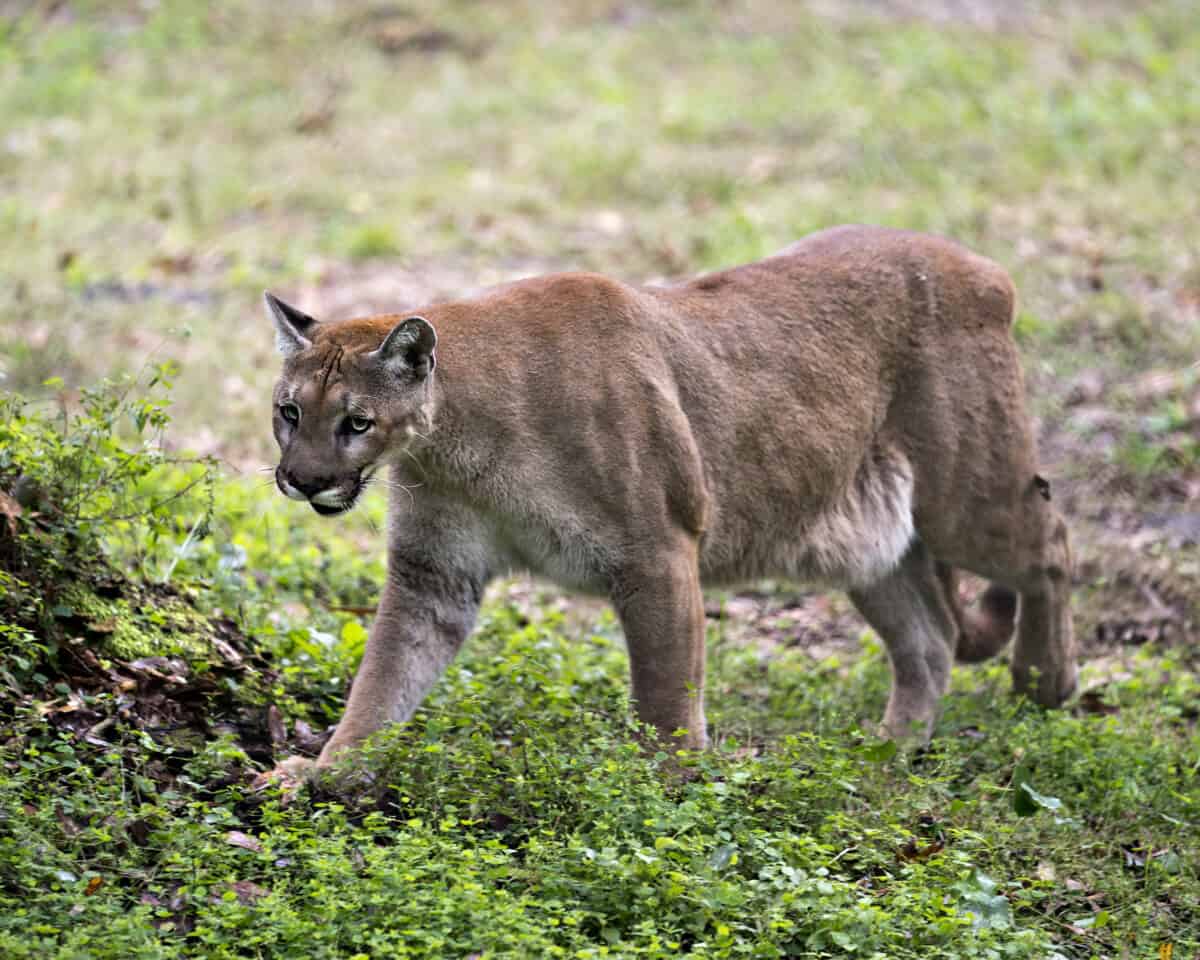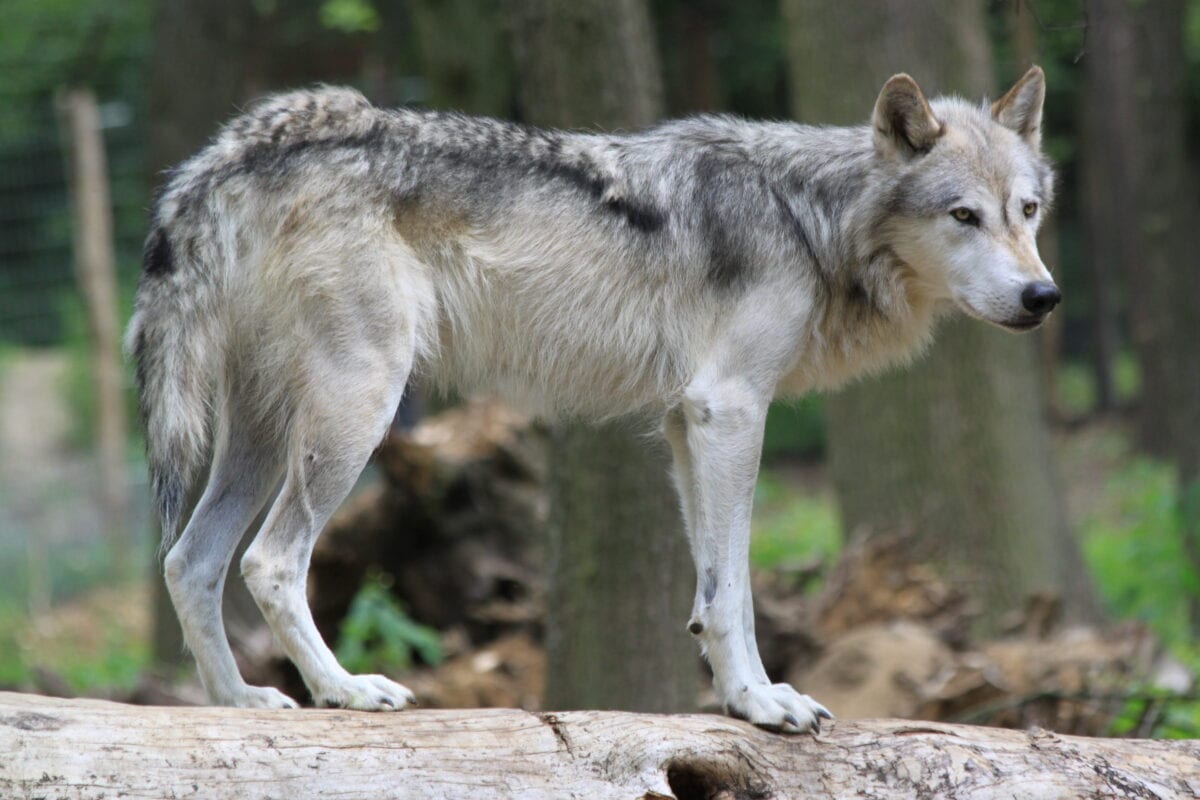In the vast and diverse landscapes of North America, the return of apex predators such as wolves, jaguars, and panthers marks a significant chapter in ecological restoration. These majestic creatures, once on the brink of vanishing from their native ranges, are now making a remarkable comeback thanks to conservation efforts and a growing understanding of their crucial roles in ecosystem dynamics. This article delves into the fascinating journey of these predators, their ecological significance, and the efforts that have been pivotal in their resurgence.
Historical Decline of America’s Big Predators

Throughout the 19th and 20th centuries, the landscapes of North America saw a dramatic reduction in predator populations. Hunting, habitat loss, and fears for livestock safety led to a significant decline in numbers. Wolves were eradicated from most of the contiguous United States, jaguars dwindled to near extinction, and the Florida panther’s numbers plummeted.
The Ecological Role of Predators

Top predators like wolves, jaguars, and panthers are vital for maintaining ecosystem balance. They help control prey populations, which in turn affects vegetation and the broader biodiversity. The presence of predators can lead to what is known as a “trophic cascade,” influencing the ecological structure from the top down.
Wolves: The Keystone Species

Wolves have been a textbook example of a keystone species. Their reintroduction to areas such as Yellowstone National Park has led to widespread ecological benefits. Wolf populations help manage the number of deer and elk, allowing overgrazed areas to recover and supporting biodiversity in plant species.
Gray Wolves and Their Packs

Gray wolves are social animals living in structured packs. This social structure is crucial for their hunting success and survival. Packs work collaboratively to take down prey much larger than themselves, and the pack’s hierarchy ensures order and cohesion, contributing to their effective role as predators.
Jaguars: The Stealthy Ambush Predators

Jaguars, the largest cats in the Americas, are known for their incredible strength and stealthy hunting techniques. Preferring dense forests and rugged terrain, they rely on ambush tactics to capture a variety of prey. Jaguars are vital in controlling the populations of their prey and maintaining the ecological balance within their habitats.
Conservation Success Stories: Jaguar Population Rebound

Efforts to protect jaguar habitats, especially across Mexican and Central American regions, have shown positive results. Initiatives like wildlife corridors and anti-poaching regulations are crucial in connecting fragmented habitats and enabling jaguar populations to recover and thrive.
Panther Comeback: The Florida Panther

The Florida panther, once on the brink of extinction, has seen a gradual increase in numbers. Conservation plans that focus on habitat preservation, genetic diversity, and mitigating human-wildlife conflict have been instrumental in this predator’s survival. Public awareness and support play vital roles in ensuring continued success.
Human-Wildlife Conflict

As predator populations return, encounters with humans can lead to conflicts. Livestock predation and property damage often put these predators at risk. Efforts to educate communities, create deterrents, and compensate for losses are essential in fostering coexistence.
Community Involvement in Conservation

Engaging local communities in conservation efforts has proved to be effective. Community-based programs and eco-tourism can provide economic incentives for supporting predator preservation. When communities benefit from conservation, there is a greater impetus for sustainable practices.
Technological Advancements in Predator Tracking

Modern technology plays a significant role in monitoring predator populations. GPS collars, camera traps, and drones aid researchers in collecting data on movement patterns, population sizes, and habitat usage. These insights are crucial for implementing effective conservation strategies.
Global Lessons and Future Directions

The successes seen in North America can be a template for predator conservation worldwide. International cooperation, continued research, and adaptation of successful strategies to local conditions are imperative for global predator conservation.
The Future of Predators in a Changing World

As environmental challenges like climate change and urbanization continue to affect habitats, innovative solutions will be crucial for the survival of these majestic predators. Adaptive management, continuous education, and strong conservation policies will pave the way for a future where wolves, jaguars, and panthers thrive alongside human communities.
In conclusion, the return of America’s top predators is a testament to nature’s resilience and the effectiveness of coordinated conservation efforts. By understanding and embracing their roles in our ecosystems, society can ensure that these magnificent animals remain an integral part of our natural world.
- Wolves, Jaguars, and Panthers: The Return of America’s Top Predators - August 14, 2025
- Why Goat Is a Staple Meat in Many Cultures—But Rarely in the U.S. - August 14, 2025
- Why Bison Are Protected in U.S. National Parks - August 14, 2025

